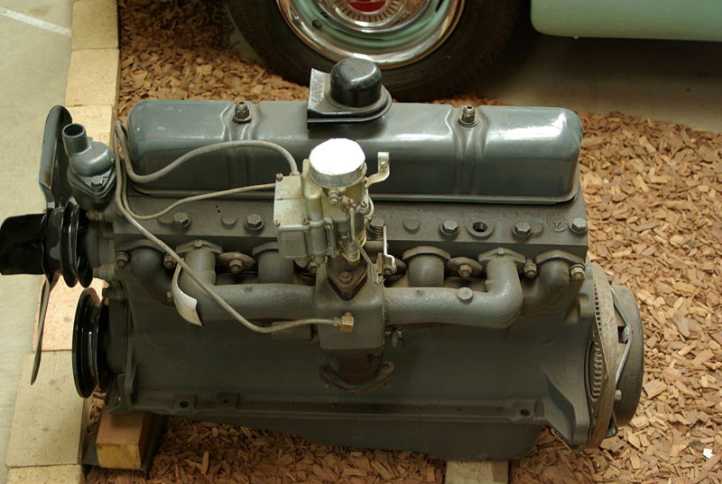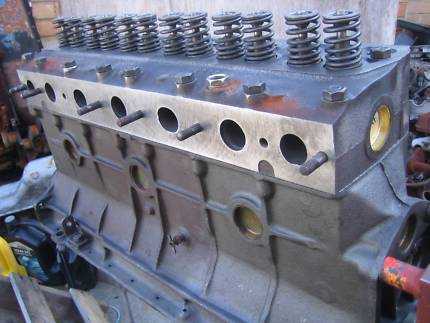I am getting closer to commencing the machining work on my Norman-blown Holden grey project. The next step is to get the block bored out and sleeved, which will mean having to choose a block (I am fortunate to have a couple to choose from). The question is, which block to choose?
According to legend, the later blocks are the better choice as they have had less time to internally corrode than the early blocks. Probably made sense in 1970, but after fifty years I'm figuring even the later blocks will have corroded a fair bit. I reckon that by now the date of casting has way less impact on corrosion, and the main issue limiting corrosion would be how the block was used or stored. Block usage/storage is a crap-shoot - no way of knowing how most blocks have been treated over the last half century.
One thing that does stand out though (from reading some material that Ray put together a fair while ago) is that at some stage GMH made a change to the oiling design. The earlier blocks had no oil directed to the area where the dizzy and cam gears mesh. This can lead to dizzy gear wear. Apparently GMH began casting (perhaps drilling) a hole in the cam bearing supply that directed oil to the area. I figure it would be a good feature to have, though apparently it is able to be done to earlier blocks by drilling a fine hole.
Does anyone know when GMH started this change to the grey motor oiling?
Are there any records (Accelerator, Service Bulletin, Workshop Manual etc) that documents the change?
How do you tell if the change was made to a given block?
How is the DIY version done - hole size, location, angle?
Cheers,
Harv













